Germany or France, second half of the 18th century.
Measurements: 3.5 × 3.2 × 2.8 cm.
Material: White porcelain.
A finely modelled small skull in hard-paste white porcelain, naturalistically rendered in three dimensions and sculpted with anatomical precision. The form is delicately proportioned, with deeply recessed eye sockets, nasal cavity, and well-articulated dentition. The rear of the skull shows typical cranial sutures in slight relief, while the underside is open and hollow, revealing traces of the casting process. The surface retains a subtle glaze, now dulled with age and bearing minor surface encrustations. Likely intended as a freestanding object or once set into a more complex composition.
Objects of this type are typically associated with the memento mori tradition, popular throughout the 17th and 18th centuries, wherein the human skull served as a symbolic reminder of mortality, penitence, and the transience of earthly vanities. The use of porcelain for such a subject is unusual and likely reflects both the taste for curiosity pieces in Enlightenment-era collections and the technical virtuosity of major porcelain manufactories of the period. The piece may have functioned as an independent devotional aid, a cabinet object, or a model for contemplation in a scholar’s study or kunstkammer context.


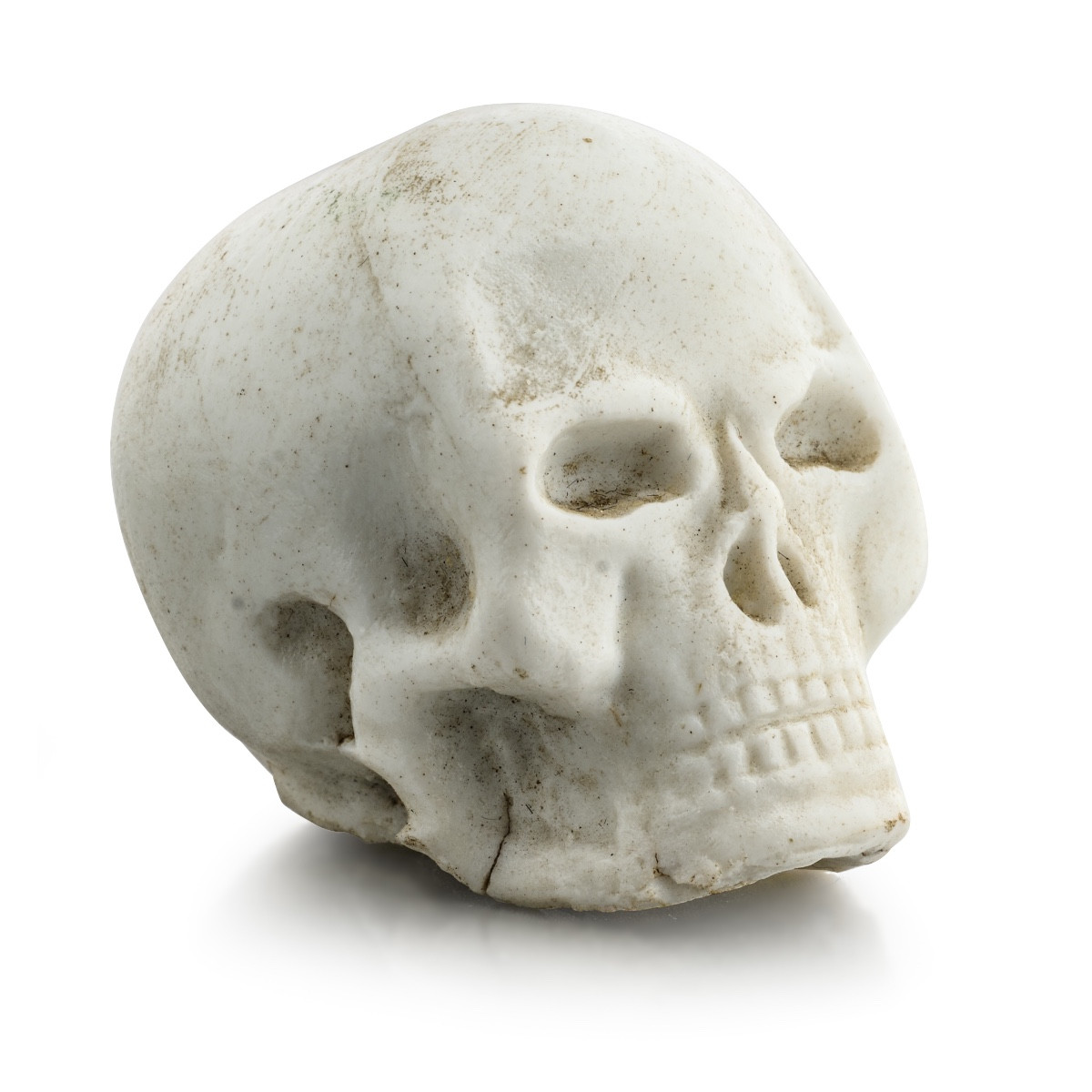
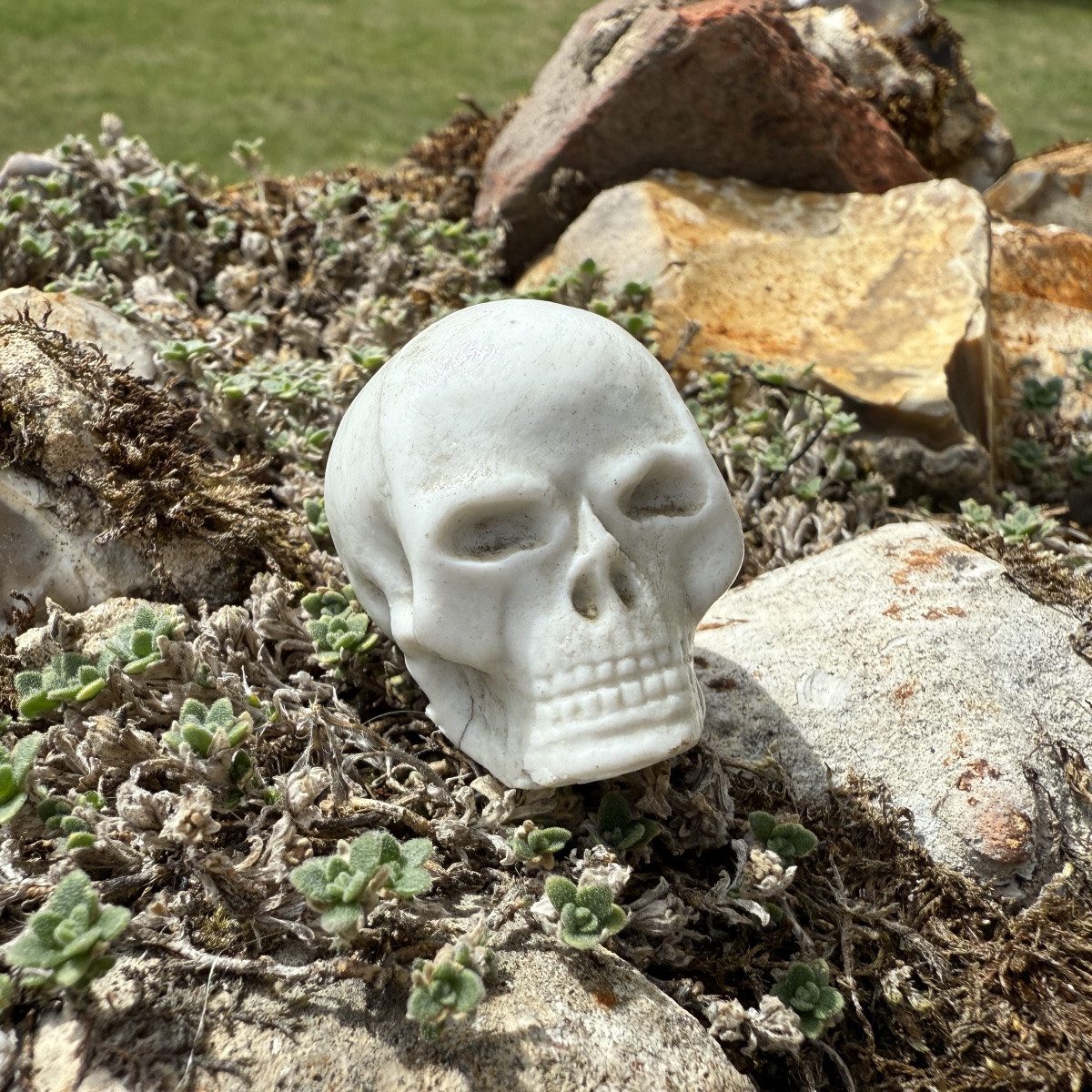
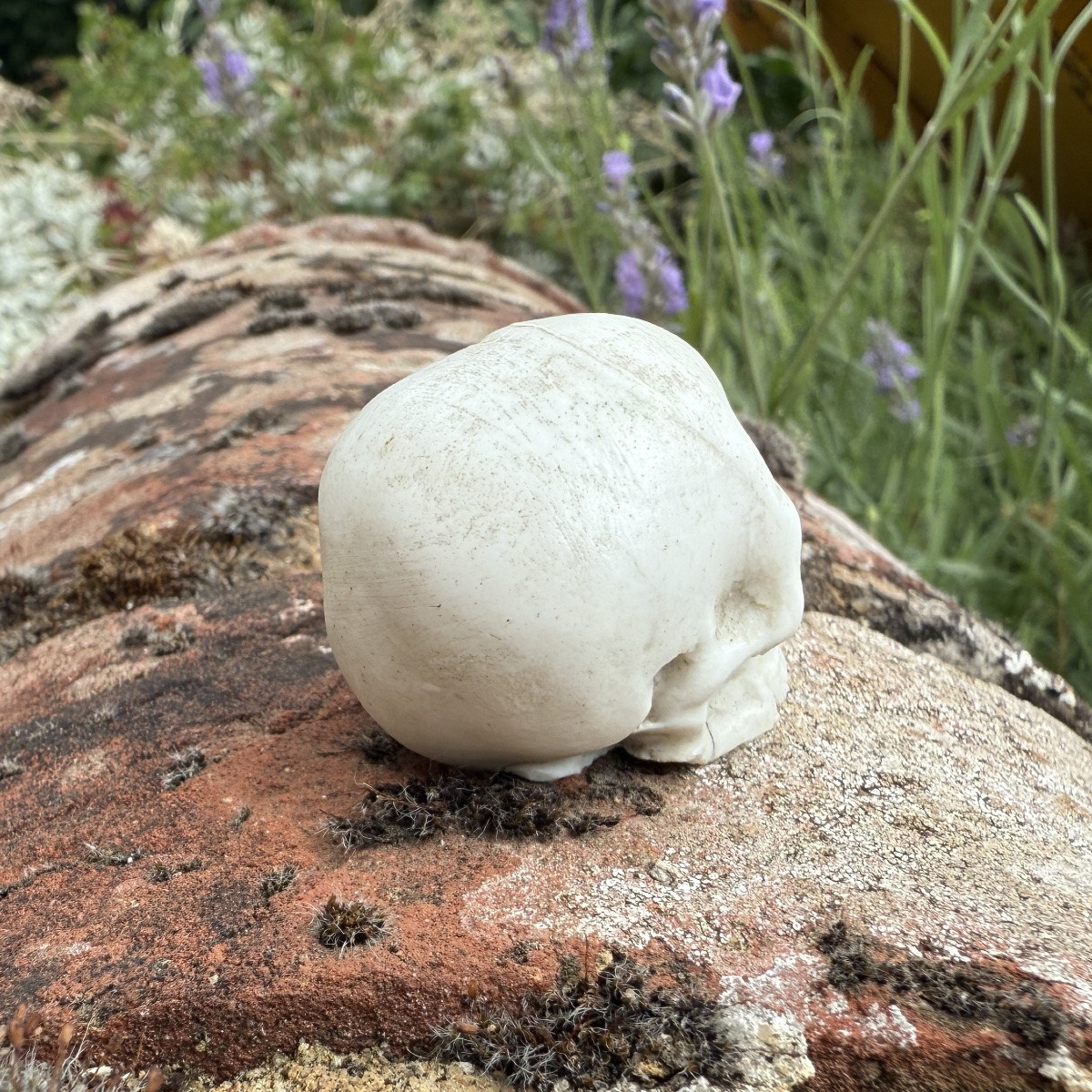
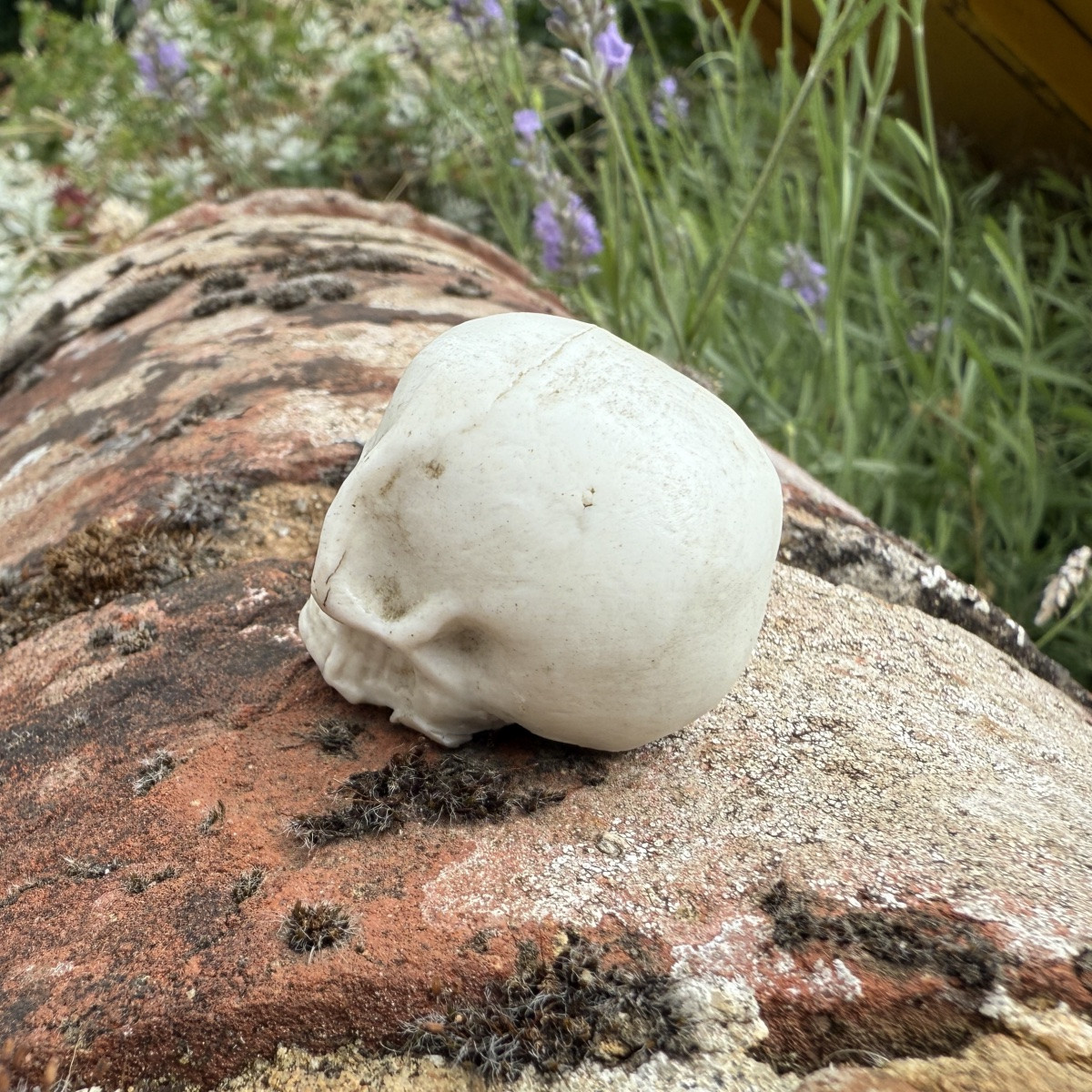




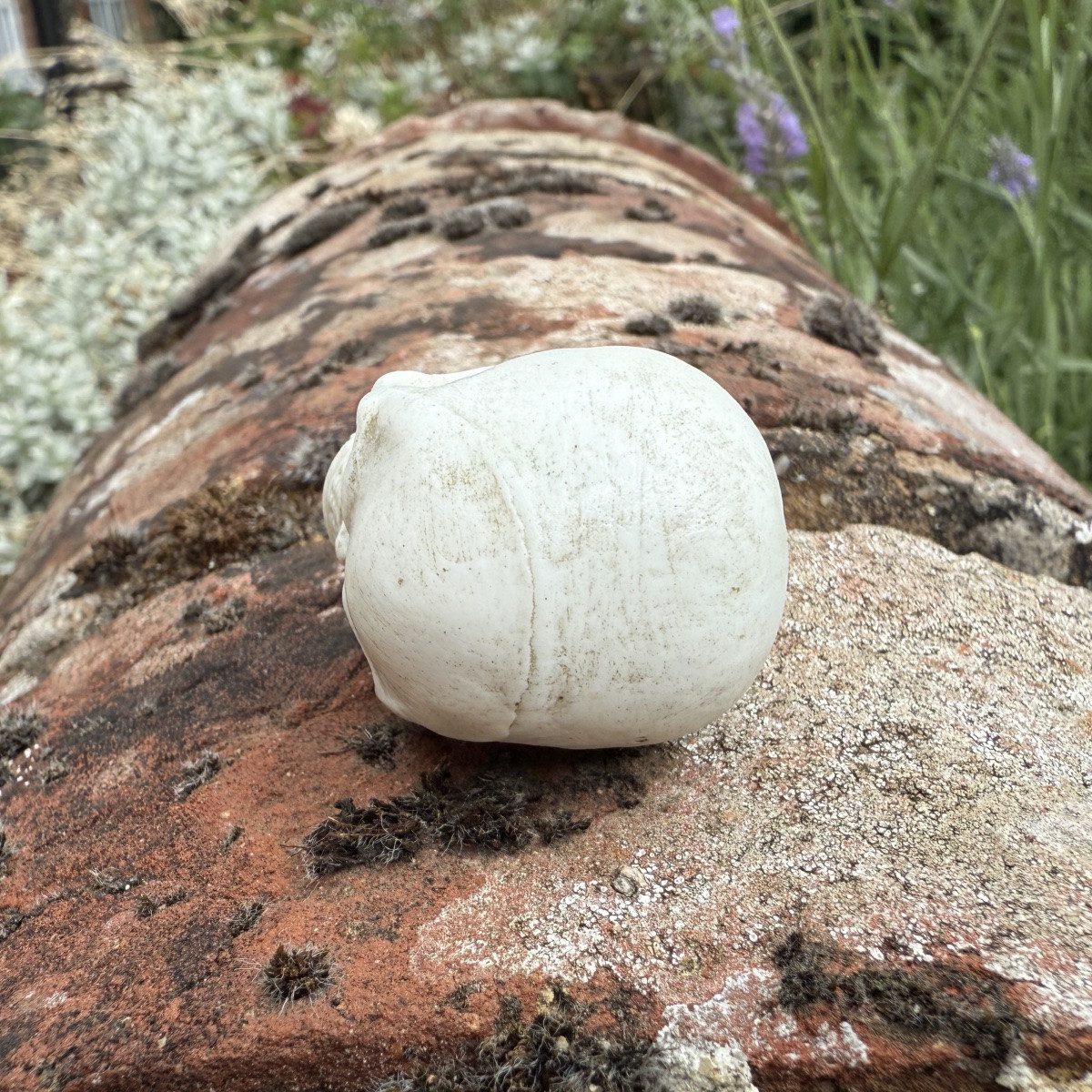
















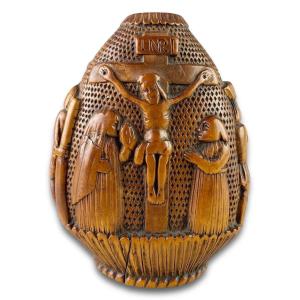


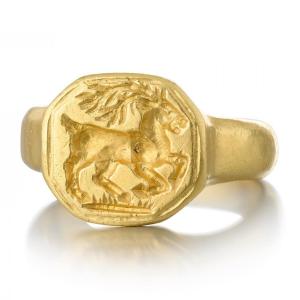

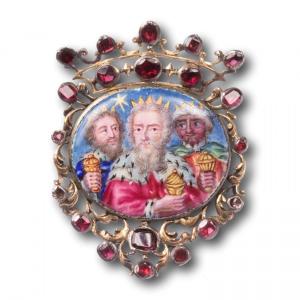


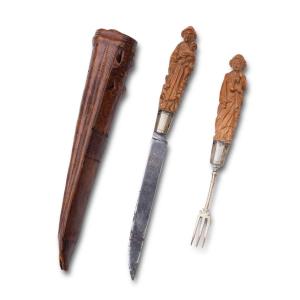




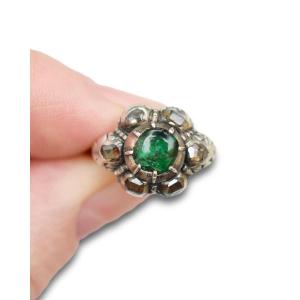




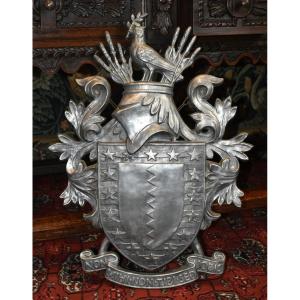




 Le Magazine de PROANTIC
Le Magazine de PROANTIC TRÉSORS Magazine
TRÉSORS Magazine Rivista Artiquariato
Rivista Artiquariato